As the saying goes, “Home is where the heart is.” But what if your home becomes the target of looters during times of unrest and chaos? It’s a scary thought, but you need to know how to fortify your home against looters. A bit of planning and preparation can help you in protecting your loved ones and belongings.
To fortify your home against looters, you need to assess your current home security. Once you’re able to find out the weakest points, you can work on improving them, including reinforcing doors, installing security cameras, and trimming trees and shrubs.
In this guide, we’ll explore some creative ways to fortify your home against looters and ensure that you and your family feel safe and secure no matter what.
Quick Navigation
- Steps on How to Assess Your Home Security
- Tips to Fortify Your Home Against Looters
- Creating A Home Security Plan
- Statistics On Home Invasion
- Cost Comparison Of Different Fortification Options
- Key Takeaways
Steps on How to Assess Your Home Security
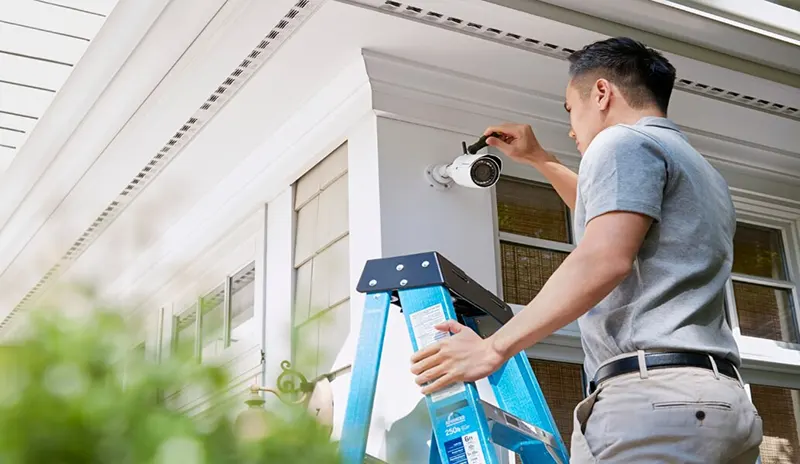
Assessing your home security is essential in fortifying your home against potential intruders. Here are the steps you can follow to determine your home security:
1. Identify vulnerable areas
Identifying vulnerable areas in your home is essential in improving your home security. Several areas are typically vulnerable to break-ins, including doors, windows, and outdoor spaces. Intruders will most likely enter or access your home in these weak areas.
One technique to find weak spots is walking through your house and checking for unsecured spaces.
This could include doors or windows that are easy to pry open or outdoor areas hidden from view. Pay special attention to ground-floor windows, doors, and basement or garage entrances.
Another way to identify vulnerable areas is to think like an intruder. Try thinking and acting as if you were in the burglar’s shoes.
Think about they may try to break into your house. Additionally, take note of any outdoor areas that are overgrown or poorly lit, as these can provide cover for potential intruders.
Look for particularly easy access areas, such as unlocked windows or doors. Take into account your home’s visibility from the street and any adjacent trees or buildings that could act as cover for intruders.
2. Evaluate current security measures
Conduct a thorough inspection of your property. Take note of any vulnerabilities, such as broken locks, weak doors or windows, and inadequate outdoor lighting.
Test your locks and other security features to ensure they are functioning properly. If you identify any issues, make necessary repairs or upgrades to strengthen your home’s security.
Next, consider investing in sophisticated security systems, including alarm systems, motion sensors, and surveillance cameras. These gadgets can add an extra layer of security to your home and dramatically improve its security.
Additionally, take steps to improve your outdoor lighting, such as installing motion-activated lights and trimming trees or shrubs that obstruct your view.
By taking these proactive measures, you can better protect your home and family from potential intruders and improve your peace of mind.
3. Consider potential risks
When considering potential risks that may increase the likelihood of a break-in, it’s important to assess your home and its surroundings objectively.
For instance, if you live in a high-crime region, you might need to take additional security measures for your property.
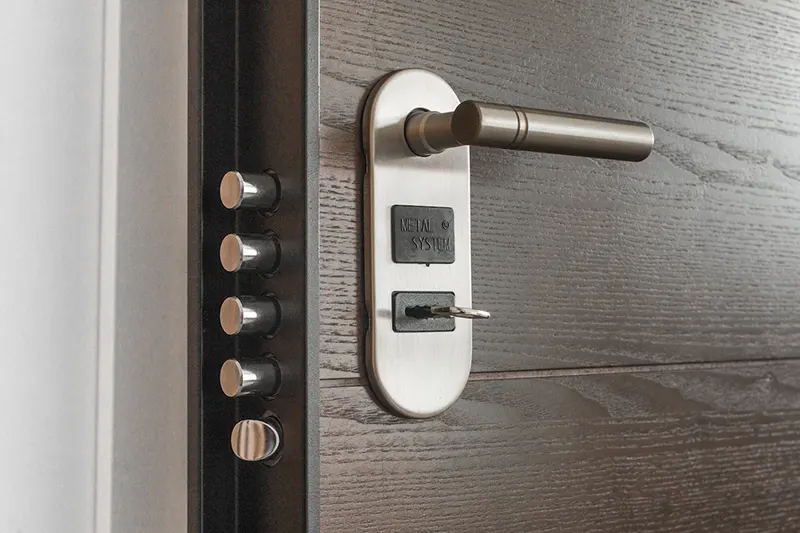
This could include investing in a home security system or installing additional locks on doors and windows.
Also, you might need to take action to hide valuable items if they are visible from the outside. This could involve installing curtains or blinds or moving valuable items to a less visible location.
4. Identify areas that need improvement
Protecting your house and family from prospective attackers requires determining which aspects of your home security need to be improved. You can take a number of steps to improve your home’s security, depending on your assessment.
5. Research security solutions
Based on your home security assessment, identify the areas that need improvement. Determine what specific features and functions you need from a security system.
Look for reputable security companies that offer solutions that meet your specific needs. Begin with doing online research, reading reviews, and getting referrals from friends and relatives.
To choose the security system that best meets your needs, compare the features and capabilities of various options. Take into account aspects like price, usability, dependability, and customer service.
Other security features that smart home technology can provide include voice-activated security systems, smart locks, and remote monitoring.
6. Consult with a professional
Consider speaking with a security expert if you’re unsure which security solution is best for you. They can give you advice on the finest security options based on your needs and financial situation.
7. Implement security solutions
It’s time to put those answers into action after researching various security options and identifying the areas that require improvement. This could include installing new locks, reinforcing doors and windows, or installing a security system.
These procedures will help you evaluate your home’s security and take action to protect it from prospective intruders. Remember to regularly evaluate and update your home security measures to ensure they remain effective over time.
Tips to Fortify Your Home Against Looters
Strengthening Entry Points
1. Reinforcing doors and windows
Establishing robust, solid doors and windows is the first step in protecting your property from burglars. You can do this by installing reinforced frames, window locks, deadbolts, and strike plates.
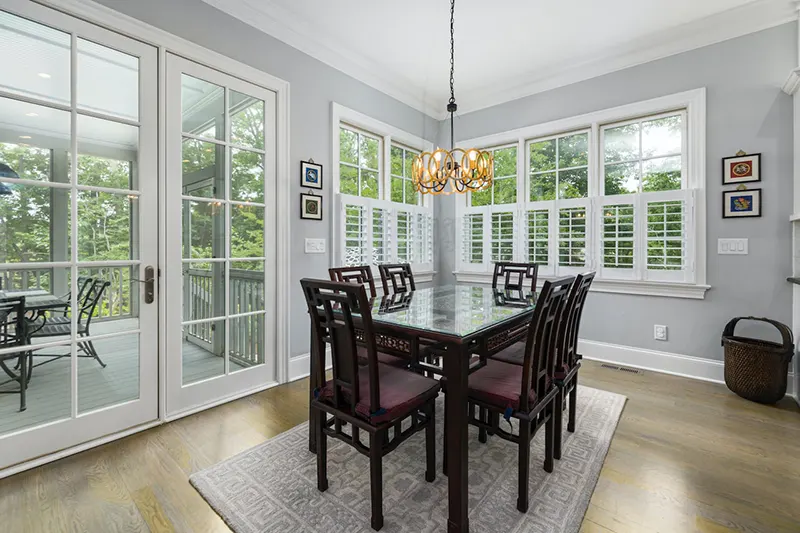
If your current doors and windows are unstable, you might want to think about replacing them with stronger models constructed of steel or fiberglass.
2. Installing security doors and shutters
Another option is to install security doors and shutters. These fixtures are designed to withstand strong impacts and prevent intruders from breaking in. Security doors and shutters come in different styles and sizes to fit your home’s design.
3. Using security film on windows
If you don’t want to install security shutters, you can use security film on your windows. This type of film makes it difficult for intruders to break through the glass, as it holds the pieces together even if shattered.
Securing Outdoor Areas
1. Installing motion-activated lights
Outdoor lighting is a great way to deter intruders. Installing motion-activated lights around your property will alert you to any movement and help to scare off potential intruders.
2. Trimming trees and shrubs
Intruders may find cover in overgrown trees and shrubs, making it simpler for them to approach your property undetected. Regularly trimming your trees and shrubs will eliminate this potential hiding spot.
3. Installing a fence
Installing a fence around your property is another way to increase security. Fences can be a barrier between your property and intruders, preventing them from entering.
Home Security Systems
1. Installing security cameras
Installing security cameras around your home will help you keep an eye on any potential intruders. These cameras can also provide valuable evidence if an incident does occur.
2. Installing an alarm system
Alarm systems are intended to notify you and your neighbors if someone attempts to break into your house. This may scare potential intruders away, making it an excellent deterrent.
3. Using smart home technology
The security systems in your home can be remotely monitored and managed with smart home technologies. This includes things like controlling your security cameras and alarm system from your smartphone or tablet.
Creating A Home Security Plan
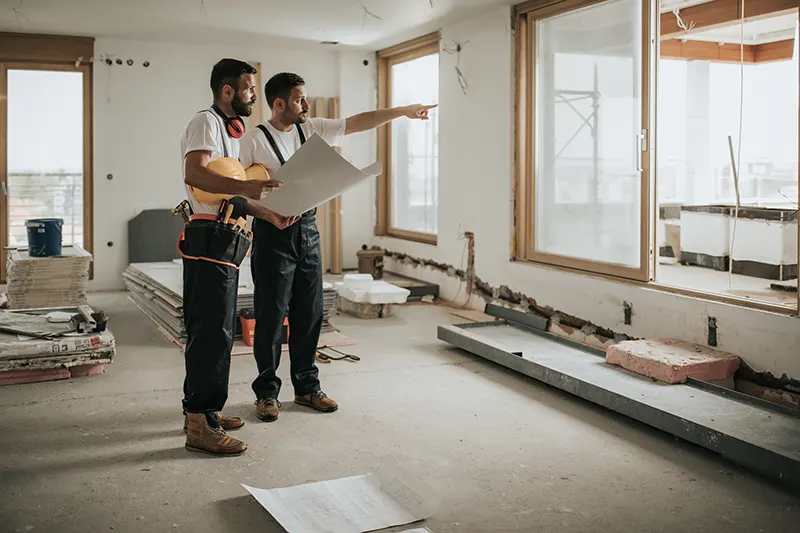
Protecting your house and family requires developing a home security plan. The steps you can take to make a home security plan are as follows:
1. Assess your home security
Before creating a plan, you need to assess your home security. Use the steps outlined in my previous response to evaluate your home’s vulnerabilities and identify areas that need improvement.
2. Develop an emergency preparedness plan
Your home security plan should include an emergency preparedness plan. This should include the procedures to follow in the event of a natural disaster, a medical emergency, or other unforeseen circumstances.
3. Develop a communication plan
Your plan should also include a communication plan. This should outline how you and your family will communicate in an emergency. Ensure everyone knows how to contact each other and establish a designated meeting place.
4. Establish a neighborhood watch
Consider establishing a neighborhood watch program in your community. This can help deter crime and improve overall home security. Work with your neighbors to develop a system for reporting suspicious activity and monitoring each other’s homes.
5. Install security systems
Consider installing security systems such as surveillance cameras, motion sensors, and alarm systems. They can give an additional barrier to safety and aid in discouraging possible invaders.
6. Educate your family
Ensure your family members know how to use the security systems and understand the emergency procedures outlined in your plan. Regularly review and practice these procedures to ensure everyone is prepared in an emergency.
7. Regularly evaluate and update your plan
Your home security plan should be regularly evaluated and updated to ensure it remains effective over time. This includes testing your security systems, reviewing your emergency procedures, and addressing any changes in your home’s security needs.
Statistics On Home Invasion

Did you know that every 15 seconds, illegal home entrance happens in the United States?
According to The Zebra’s Resource Center, “approximately 4,800 burglaries happen every day. Break-ins occurring between 6 AM and 6 PM increase in likelihood by 6%.”
Furthermore, according to research by the US Department of Justice, house invasions are the setting for 38% of assaults and 60% of rapes happens during home invasions.
These statistics suggest that homeowners should take preventative measures to safeguard their residences and loved ones from prospective intruders.
As mentioned above, the measures could include the following:
- Installing security systems.
- Reinforcing doors and windows.
- Improving outdoor lighting.
- Developing an emergency preparedness plan.
Homeowners can lessen the possibility of a home invasion and improve their chances of keeping safe in an emergency by adopting these precautions.
Cost Comparison Of Different Fortification Options
The cost of fortifying your home against looters can vary depending on the measures you implement. Here’s a cost comparison of some common fortification options:
Strengthening Entry Points
Reinforcing doors and windows: Depending on the extent of fortification necessary, the cost to reinforce doors and windows can range from $100 to $1,000 per entrance point.
Installing security doors and shutters: Depending on the size and level of security, security doors, and shutters can cost between $500 to $2,500 per door or window.
Using security film on windows: Security film for windows typically costs between $7 to $12 per square foot, including installation.
Securing Outdoor Areas
Installing motion-activated lights: Depending on the design and quality, motion-activated lights can cost anywhere from $20 to $200 per light.
Trimming trees and shrubs: Depending on the size and quantity of trees and bushes, the price of pruning them might vary greatly. The price range for a professional tree pruning service is $100 to $1,000.
Installing a fence: The materials chosen and the size of the area to be fenced can affect the price of erecting a fence. Compared to a wooden fence, a conventional chain-link fence might cost between $8 and $12 per linear foot.
Home Security Systems
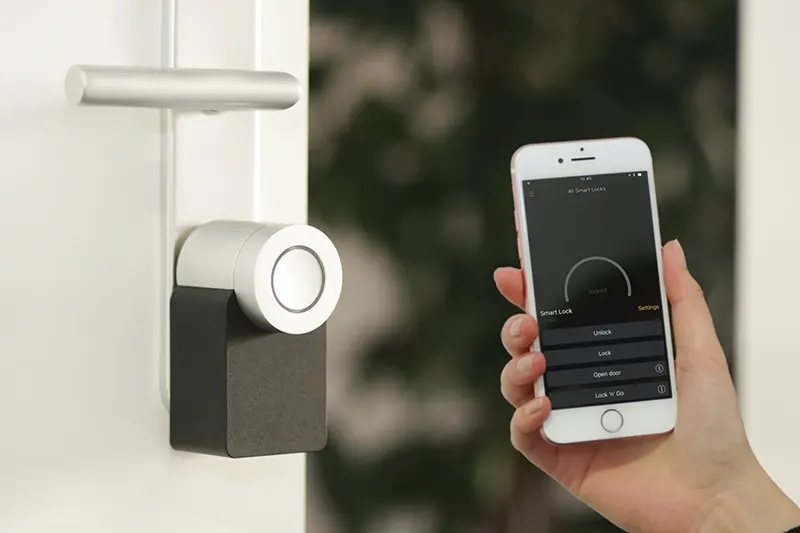
Installing security cameras: Depending on the quality and functionality, security camera prices can range from $50 to $500 per unit. Installation fees and monthly monitoring fees are possible extra costs.
Installing an alarm system: Depending on the type and level of security, an alarm system’s price can vary greatly. Simpler systems can cost anywhere from $100 and $500, while more complex ones can cost $1,000 or more. There can also be a monthly monitoring cost.
Using smart home technology: From basic security gadgets like smart locks to sophisticated security systems with cameras, sensors, and automation functions, smart home technology can be used to protect property.
The pricing may vary significantly depending on the specific technology and features you select, from $200 and $2,000.
Overall, the cost of fortifying your home against looters can add up quickly.
However, investing in quality security measures can help protect your home and family from potential break-ins. The cost can be considered an investment in your safety and peace of mind.
Strengthening Entry Points
| Security Measures | Cost |
| Reinforcing doors and windows | $100 to $1,000 |
| Installing security doors and shutters | $500 to $2,500 |
| Using security film on windows | $7 to $12 |
| Total Average Cost | $607 to $3512 |
Securing Outdoor Areas
| Security Measures | Cost |
| Installing motion-activated lights | $20 to $200 |
| Trimming trees and shrubs | $100 to $1,000 |
| Installing a fence | $8 to $12 |
| Total Average Cost | $128 to $1212 |
Home Security Systems
| Security Measures | Cost |
| Installing security cameras | $50 to $500 |
| Installing an alarm system | $100 and $500 |
| Using smart home technology | $200 and $2,000. |
| Total Average Cost | $350 to $3000 |
Key Takeaways
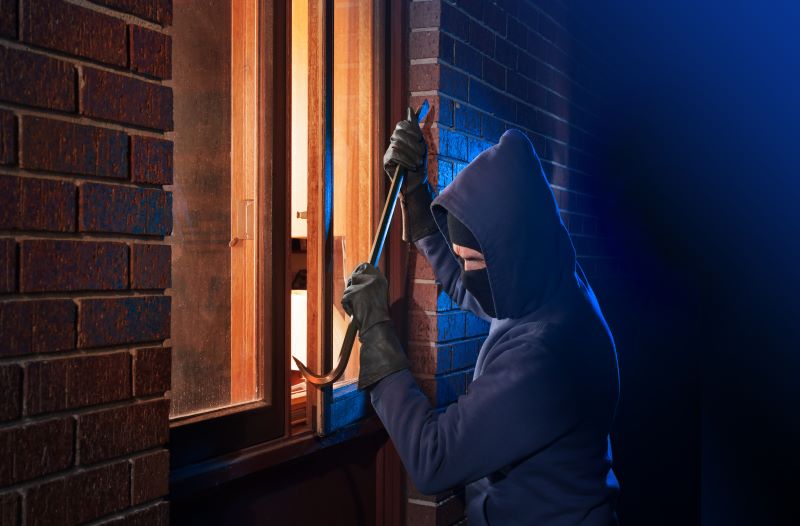
In conclusion, securing your home against looters is essential to protect your family and property. You can identify areas needing improvement through a home security assessment and research different security solutions to address those areas.
The price of your property may change depending on the fortification techniques you employ, but it’s critical to consider them an investment in your safety and peace of mind.
You can considerably lower the danger of a break-in by strengthening entrance points, guarding outside spaces, and installing home security systems.
Also, you may further improve the safety and security of your house by developing a thorough home security strategy that includes an emergency readiness plan, a communication plan, and a neighborhood watch.
Although no security solution is foolproof, being proactive can greatly improve home security and decrease the probability of a break-in.
